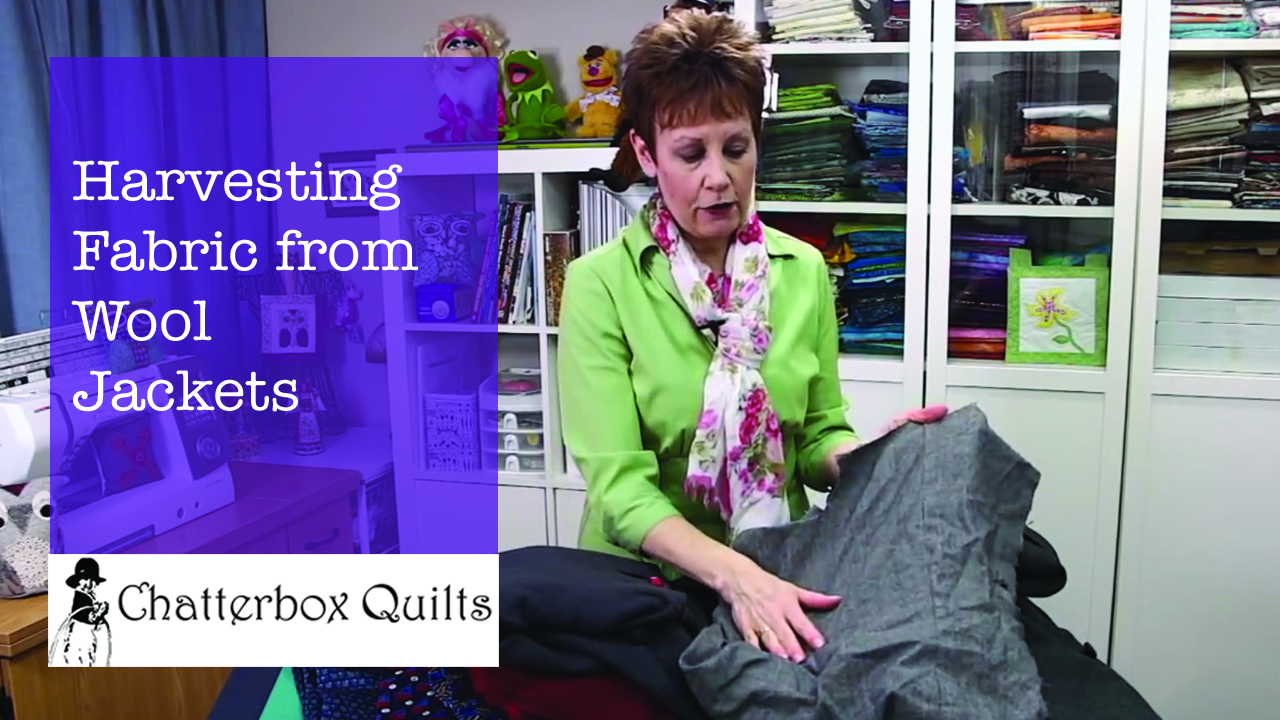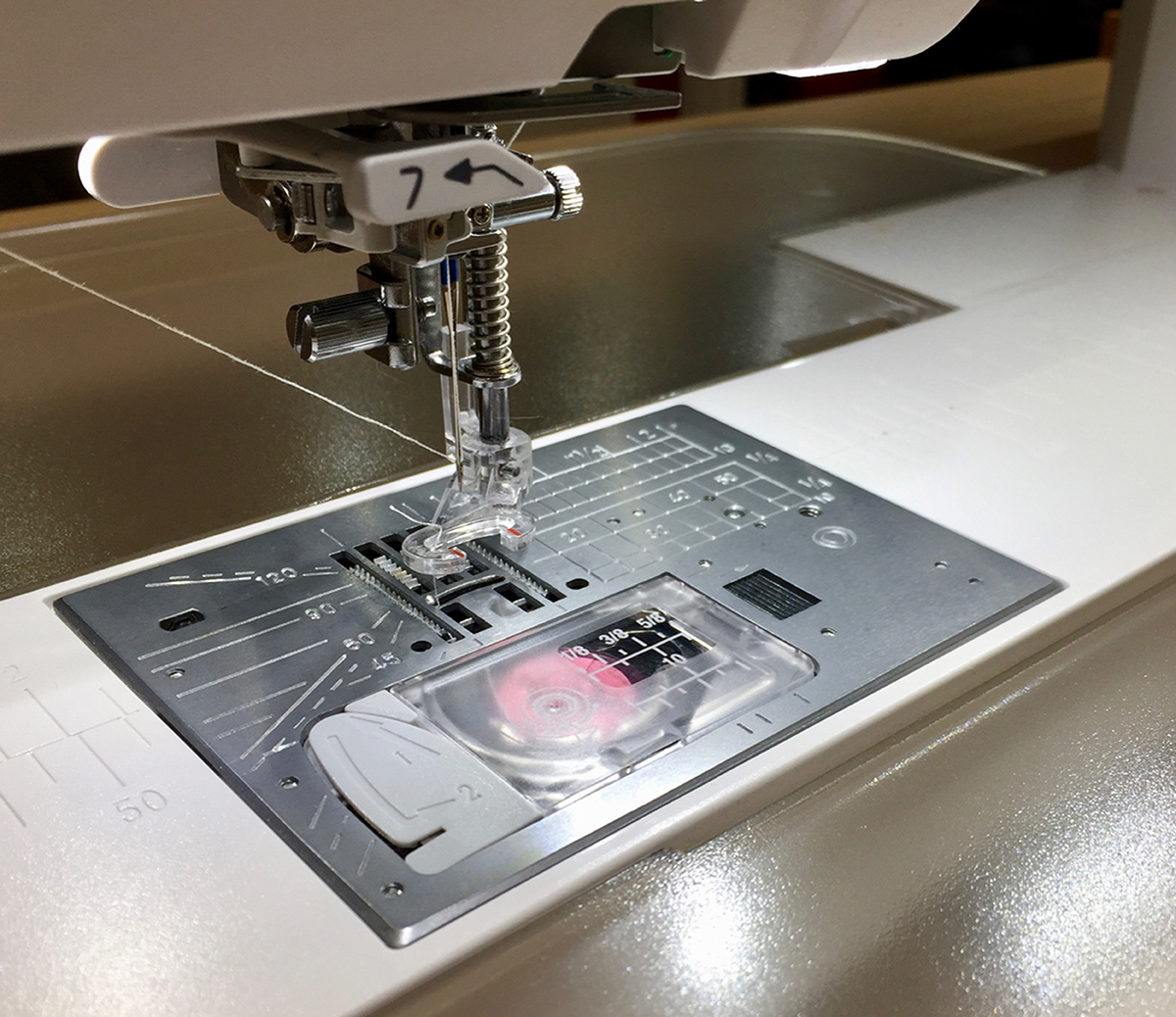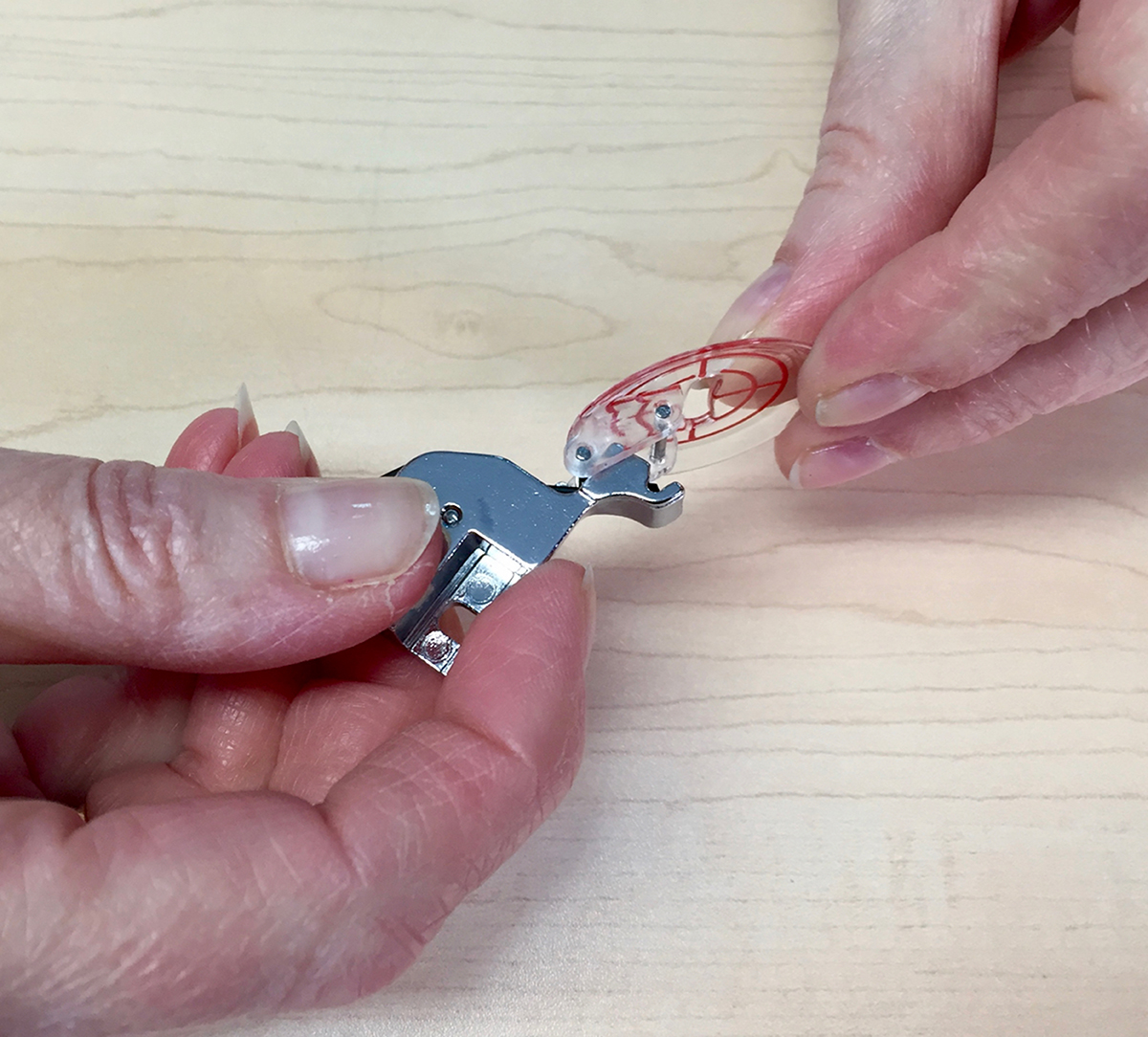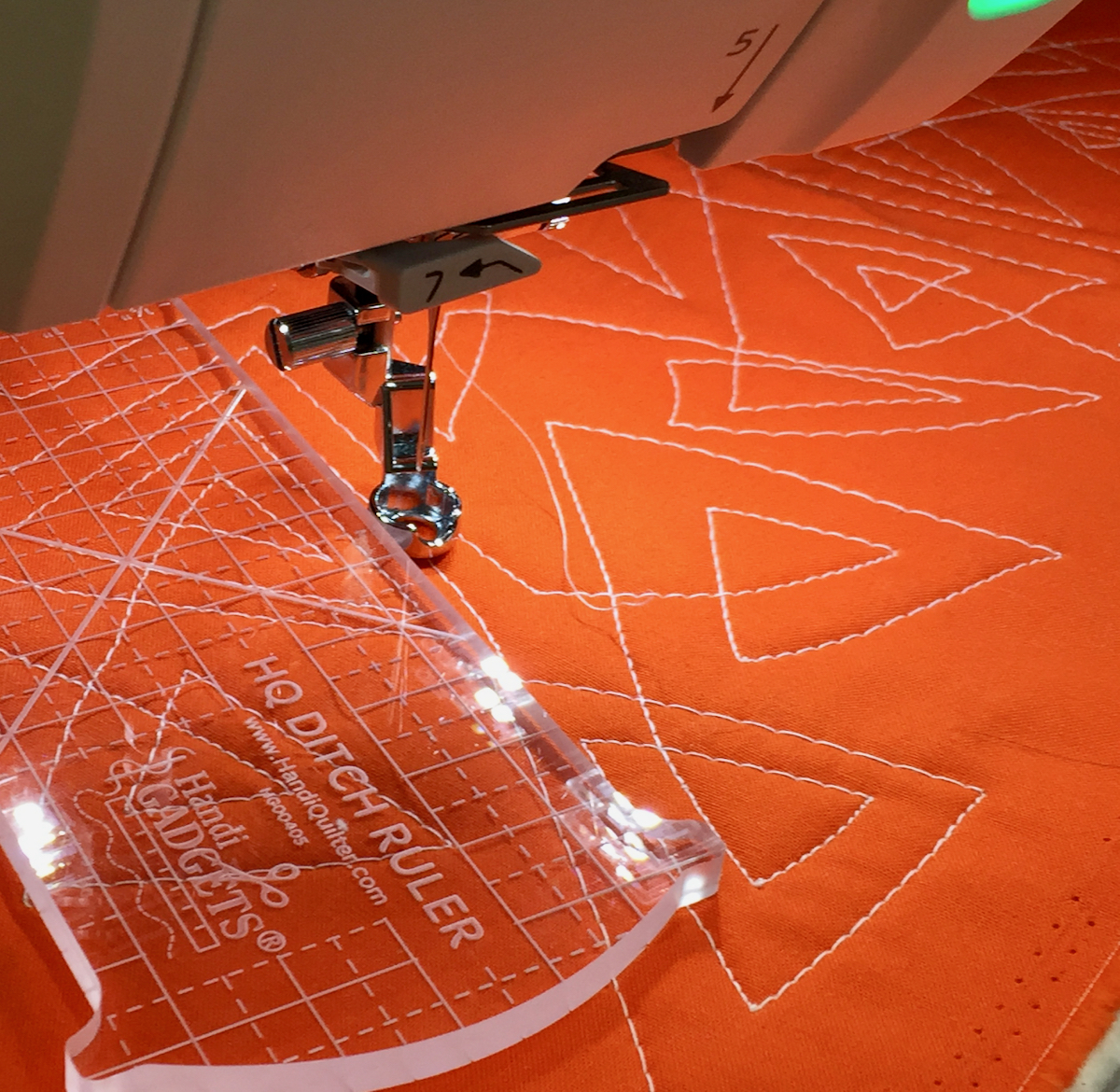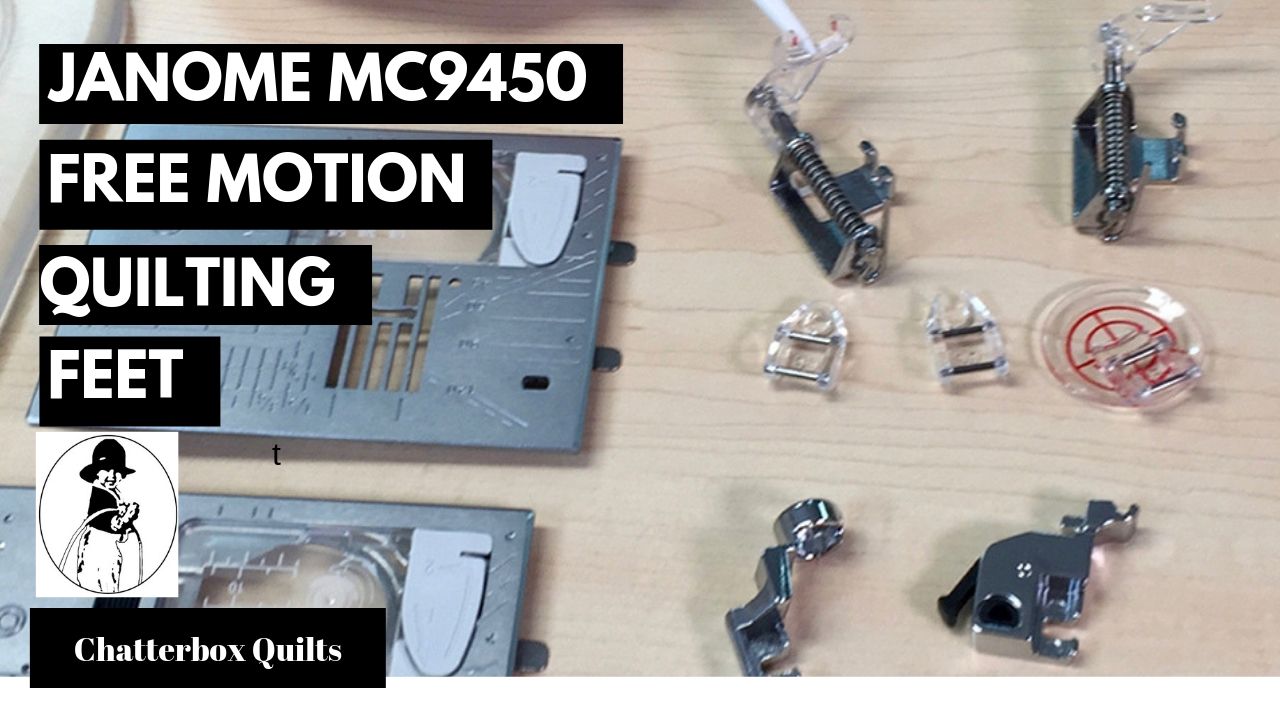You don’t have to go to a quilt store to get fabric to use in your projects. Let’s talk about other places you can source fabrics for your quilting addiction, I mean, hobby.
NOTE: These are previously published videos so they might look a bit familiar, but if you haven’t yet watched them, they are worth a look.
While quilters typically use cotton fabrics in their projects, other natural fibre fabrics, such as linen, wool and silk can also be used especially in appliqué projects or as embellishments. These fabrics can be expensive, so I like to source them at thrift shops. Yes, I buy clothing to cut it up for its fabric. Don’t judge!
For silk, I like to buy men’s ties. There is more fabric than you’d realize in a tie. Be sure to check the label to ensure that it is 100% silk. For more tips on what to look for and how to dissect a tie, watch my How to get Fabric from Ties video by clicking on the image below.
You can easily find wool in various garments at the thrift shop. I like to look for 100% wool sweaters and also men’s jackets and pants. Again, checking labels is a crucial part of this as you want to ensure that you purchase 100% wool items. Find out more about how to take apart sweaters and jackets to get that precious wool fabric. I have two videos: How to Get Wool from Sweaters
and
How to Get Wool Fabric from Jackets with information on how to do this.
Thrift stores aren’t the only places to get fabric: there are estate sales and other types of sales that you might find in your location where you can get fabrics at amazingly low prices. In Finding Fabric for Projects, I’ll show you some of the fabrics I was able to pick up at the annual Ujamaa Grandma’s sale in Calgary as well as items I did find at the local Goodwill Store.
Do you find fabric in unusual places? Let me know the places from which you source your fabric for your quilting projects in the Comments below .
Creatively,
P.S. Do you strive to improve your quilting skills? Do you want to have fun doing it? Do you want to meet other quilters in a supportive, safe environment? If you answered “yes” to these questions, you need to join The Quilter’s Way. The Quilter’s Way is the only quilting membership site that includes both training and an active, supportive online community. It’s not your grandmother’s quilting circle! Don’t wait another day! Join now.
P.P.S. Did you know that you can sign up to receive emails full of FREE quilting goodness? Click here to receive FREE content directly in your email inbox every few weeks from Chatterbox Quilts. I know you'll be glad you did!
P.S. I am an Amazon affiliate and, if you purchase items by clicking through the links in this post, I will receive a small amount of commission. This doesn’t cost you any more $$$, but helps me to continue creating free content for you. Thanks!



